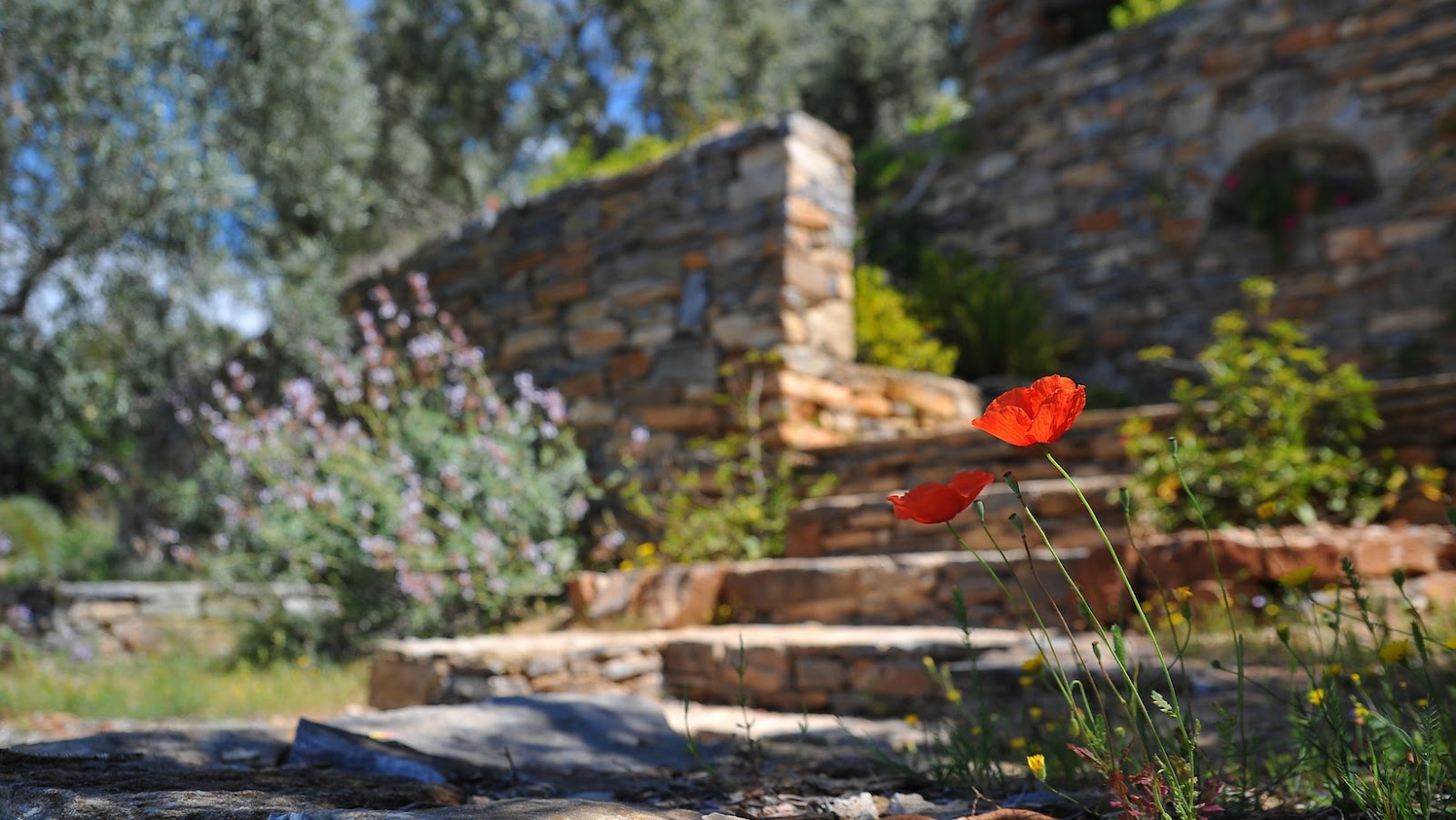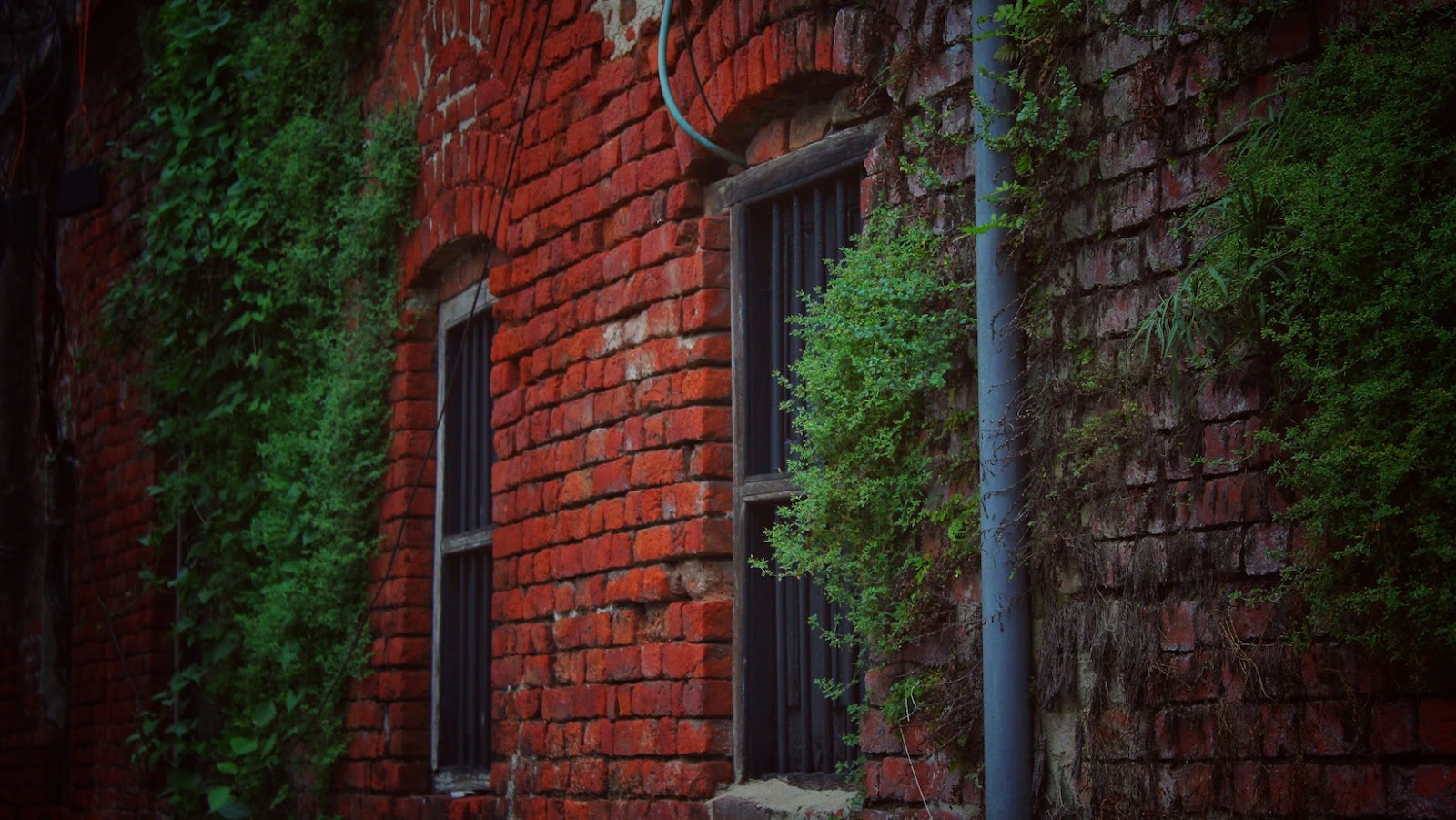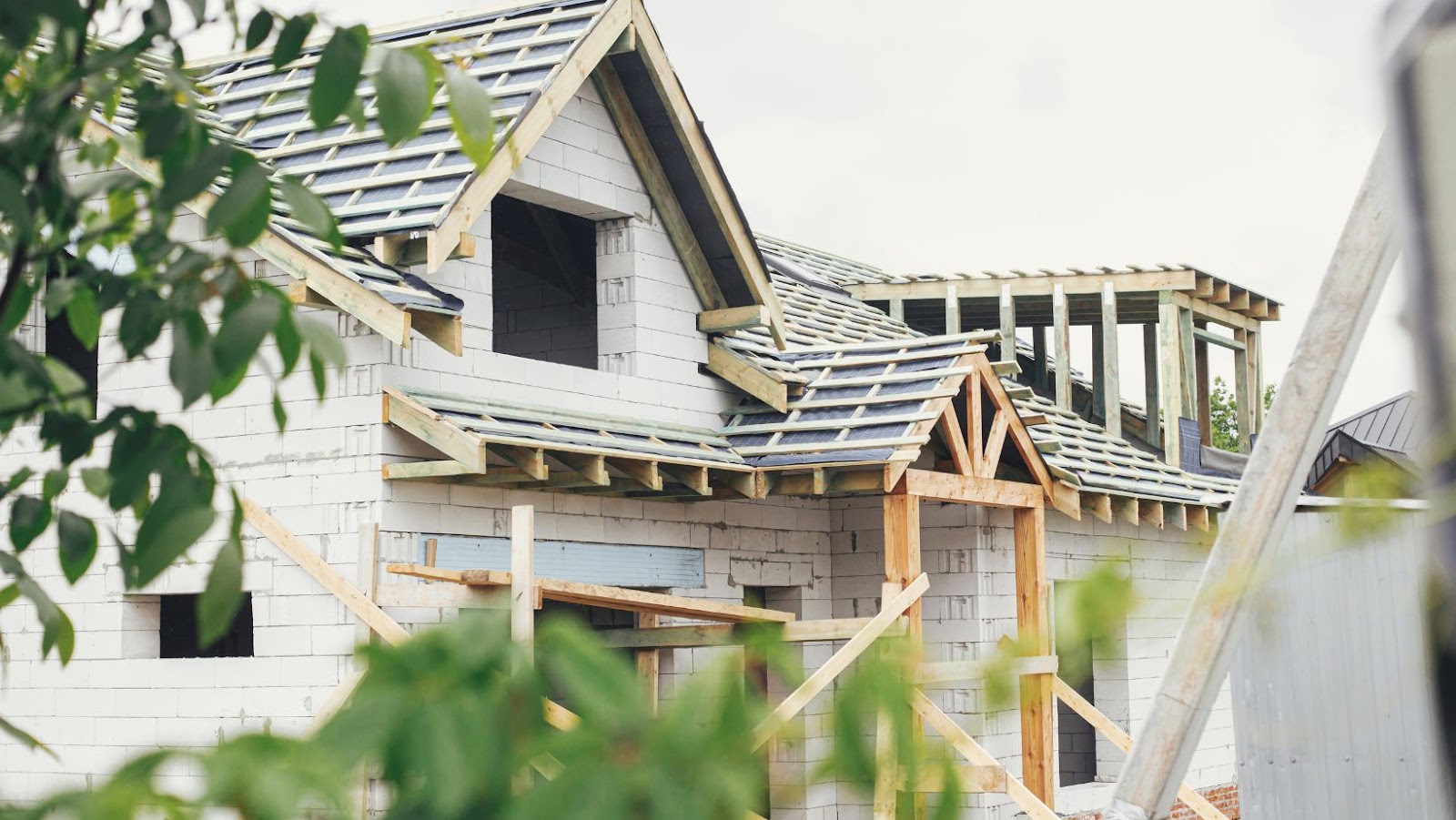When it comes to construction costs, brick and concrete masonry units (CMU) blocks are two of the most popular building materials. Brick is usually more expensive than CMU blocks. The cost of brick is also dependent on factors like the type of brick, the size of the project, and any customization involved.
CMU blocks, on the other hand, are cheaper and require less skill to install. However, if you want to add aesthetic appeal to the building project, brick is the better choice. Ultimately, the decision between brick and CMU block construction will depend on the price you’re comfortable with, the desired look and feel of the project, and the overall budget.
Brick vs CMU Block Construction
The construction cost for brick and CMU block construction vary significantly. Brick is generally more expensive than CMU block construction due to the cost of the materials and labour. CMU block construction is also more economical because it’s faster to build and doesn’t require the same precision and finishing work for the installation of bricks.
Let’s dive into the differences in cost between the two types of construction.
Brick Construction Costs
Brick construction typically costs more than CMU block construction due to the higher material and labour costs associated with bricklaying. Bricks cost more per unit than CMU blocks due to the time and resources required to manufacture them. Bricklaying is a skilled trade that requires specialised equipment and experienced labour, which also adds to the cost.
However, when it comes to durability and aesthetics, brick construction has its advantages. Bricks are known for their longevity, fire resistance, and ability to regulate temperature and humidity. Brick walls also require less maintenance than CMU block walls, which can crack and require more frequent repairs.
Ultimately, the decision between brick and CMU block construction depends on the specific needs and budget of the project. While brick may cost more upfront, it can add value to the property in the long run. On the other hand, CMU block construction may be a more cost-effective option for projects with tighter budgets.
CMU Block Construction Costs
CMU block construction costs can vary depending on the project’s size, location, and complexity. However, in general, building with CMU blocks is more cost-effective than brick construction. Here’s why: CMU blocks are usually larger and lighter than traditional bricks, which means they require less installation time and labour. This also makes transportation of CMU blocks cheaper and easier than bricks.
Additionally, CMU blocks are often manufactured locally, making them a more affordable and accessible option than bricks sourced from far away. Furthermore, CMU blocks are also energy-efficient and can reduce long-term costs through insulation and durability. So, if you’re looking to build a cost-effective and energy-efficient home or structure, consider using CMU blocks instead of traditional bricks.
Pro tip: Get quotes from multiple contractors and suppliers to compare CMU block and brick construction costs in your local area.
Comparing Cost Advantages and Disadvantages of Each Material
Choosing between brick and CMU block construction requires weighing the cost advantages and disadvantages of each material. Here’s a comparison of the costs of each:
- Brick construction is considered a higher-end option and can cost up to 30% more than CMU block construction. However, brick requires less maintenance and can last for over 100 years.
- CMU block, on the other hand, is more affordable and easier to install than brick. It also offers better insulation, making it more energy-efficient.
When considering the costs of each material, it’s important to think about the long-term benefits and drawbacks, such as maintenance costs and energy savings. In addition, the costs can vary depending on the location, availability, and quality of the materials. Therefore, consulting with a professional contractor can help you make an informed decision based on your specific needs and budget.
Factors That Impact the Cost of Brick and CMU Block Construction
When it comes to constructing a building, there are several different options for materials, including both brick and CMU blocks. But what are the factors that impact the cost of using either of these materials? In this article, we’ll explore the various factors that contribute to the cost of both bricks and CMU blocks when it comes to construction.

Complexity of the Design
The complexity of the design is a significant factor to consider when estimating the cost of brick and CMU block constructions.
Here are some elements that can affect the complexity of the design:
- Wall shape: Complex wall shapes such as rounded corners or curved walls require more labour and time to create and will, therefore, add to the overall cost of the project.
- Wall height: Taller walls require scaffolding or lifts, making them more time-consuming and costly to construct.
- Wall features: The addition of design features such as arches, corbelling, or patterns, increase the amount of craftsmanship and time required to construct the walls.
- Wall thickness: Thicker walls require more materials and labour to build, making them more expensive.
- Type of brick or CMU block: Certain brick and CMU block types come at a higher cost due to their uniqueness, rarity, or durability.
It’s essential to consider the complexity of the design when comparing the costs of brick vs. CMU block construction because the intricacy of the project can significantly impact the overall cost.
Availability of Materials
The availability of materials is one of the main factors that impact the cost of brick and CMU block construction. The cost of these two construction materials varies based on their availability in the local market and the transportation cost of getting them to the construction site. In addition to availability, there are other factors that impact the cost of these materials, such as their quality and production complexity.
Brick construction tends to be more expensive than CMU block construction due to the cost of manufacturing and the time it takes to lay each brick. While CMU blocks are less expensive, their availability may be limited in certain areas, causing transportation costs to increase.
When comparing the cost of brick vs CMU block construction, it is important to consider the availability and cost of materials in your local market, as well as the labour cost and complexity of the project.
Location of the Construction Site
The location of the construction site is a crucial factor that impacts the cost of brick and CMU block construction. If the construction site is located in an urban area with high land values and limited access, the cost of construction will be relatively higher than in rural areas. Other factors that could impact the cost of brick and CMU block construction include labour costs, availability and transportation costs of building materials, and site accessibility.
While brick construction can be more expensive than CMU block construction, the durability and aesthetics of the finished product often justify the extra cost. Ultimately, the choice between brick and CMU block construction will depend on factors such as budget, climate, design, and durability requirements.
Long-Term Cost Benefits of Brick and CMU Block Construction
When it comes to construction, there is a long-term cost benefit to be considered when it comes to using brick and CMU block construction. Both materials are durable and can withstand weather conditions for many years. But what about the cost? Let’s look at the cost comparison between brick and CMU block construction and see which one offers more cost-effective benefits in the long run.
Durability and Maintenance Costs
When considering construction materials, durability and maintenance costs should be significant factors in the decision-making process. In terms of long-term cost benefits, brick construction is a smart investment compared to CMU block construction.
Bricks have a lifespan of over 100 years, while CMU blocks only last about 50 years, both with proper maintenance. Bricks require less maintenance than CMU blocks as they are less prone to cracks, moisture damage, and discoloration. Therefore, brick construction has lower maintenance costs than CMU block construction.
However, brick construction costs more upfront than CMU block construction. The higher initial cost of brick construction can be justified by its long-term cost benefits, including lower maintenance costs and a longer lifespan. Therefore, those looking for a long-term investment in construction should choose brick over CMU block.
Pro tip: Always consider the long-term benefits of a material in terms of durability and maintenance costs, even if it requires higher initial costs.
Potential Energy Savings
Brick and CMU block construction have long-term cost benefits that can result in potential energy savings for homeowners. Brick construction has excellent thermal insulation properties, which can help reduce the amount of energy needed to heat and cool a home. By retaining heat during the winter and staying cool in the summer, brick buildings are able to maintain comfortable indoor temperatures without relying heavily on heating or cooling systems. As a result, energy bills can be significantly reduced.
CMU block construction also provides excellent thermal insulation, which can lead to significant energy savings. In addition, the blocks are made with recycled materials, making them an environmentally friendly choice. So, while the upfront cost of brick or CMU block construction may be higher than other building materials, the potential energy savings over time can make it a cost-effective option in the long run.
Impact on Property Value
Brick and CMU block construction can have a significant impact on the property value of your home or building. While both materials are durable and long-lasting, brick has a higher aesthetic appeal and historical value that can result in a higher property value.
Brick construction has a classic and timeless appeal that can increase the curb appeal of your property and attract potential buyers or renters. Additionally, brick buildings are known for their superior insulation and energy efficiency, which can result in lower long-term costs for heating and cooling your property.
On the other hand, CMU block construction is a more affordable option that can still offer excellent durability and insulation. While it may not have the same historical or aesthetic value as brick, it can offer cost savings in construction and maintenance costs. Ultimately, the choice between brick and CMU block construction depends on your budget, personal aesthetic preferences, and the long-term cost benefits you are looking to achieve.
Factors to Consider When Choosing Between Brick and CMU Block Construction
When considering brick vs CMU block construction, there are several important factors to keep in mind. The most important factor to consider is cost, as each type of construction has different cost implications. Additionally, the expected use of the structure, the availability of skilled labour and materials, the complexity of engineering and design, and durability must also be considered when making a decision.
In the following article, we will explore these factors in detail and discuss the advantages and disadvantages of each type of construction.

Architectural Style and Design Goals
When considering brick vs CMU block construction, it’s essential to understand how each material aligns with your architectural style and design goals.
Brick is a traditional and timeless material that works well with a wide range of architectural styles. It is available in various colours and textures, making it versatile for different design goals. Brick is also durable, weather-resistant, and requires low maintenance, making it a cost-effective option in the long run.
On the other hand, CMU (Concrete Masonry Unit) block construction is ideal for modern and industrial architectural styles. CMU blocks are cost-effective and come in various sizes, shapes, and colours, allowing for flexibility in design goals. CMU blocks are also fire-resistant and energy-efficient, making them an eco-friendly option.
When deciding between the two, it’s essential to consider factors such as budget, design goals, climate, and long-term maintenance costs. While brick is generally more expensive than CMU blocks upfront, it may be a more cost-effective option in the long run due to its durability and low maintenance.
Pro tip: Consult with a professional architect or contractor to determine which option best fits your design goals and budget.
Budget and Long-Term Financial Goals
When considering whether to choose brick or CMU block construction to save costs, you must consider factors such as longevity, resale value, and maintenance requirements to achieve your long-term financial goals within your budget.
Brick construction can cost more upfront, but it typically requires less maintenance, has higher resale value, and can last for over 100 years. On the other hand, CMU block construction can be less expensive, but it may require more maintenance, has a lower resale value, and may last between 50 to 100 years. To determine whether brick or CMU block construction is the right choice for your long-term financial goals, consider your budget, your investment expectations, and your willingness to invest in maintaining your property over time, respectively.
Pro Tip: Always consider the lifespan, maintenance, and resale value, in addition to the cost, when deciding between building materials to achieve your long-term financial goals.
Environmental Considerations
When choosing between brick and CMU block construction, environmental considerations should also be taken into account. While both materials have their benefits and drawbacks, here are some factors to consider:
Brick Construction
Pros:
• Made of natural materials, which makes it a sustainable option.
• Provides good insulation and energy efficiency, especially if used properly.
Cons:
• The production of bricks generates significant air pollution, contributes to deforestation, and uses vast amounts of energy.
• Its heavy weight means that it requires more energy to transport, leading to higher transportation-related carbon emissions.
CMU Block Construction
Pros:
• CMU blocks are made from locally-sourced materials, reducing the carbon footprint associated with their transportation.
• Their durability is perfect for creating weather-resistant buildings.
Cons:
• CMU blocks have a low thermal mass and therefore may require additional insulation.
• The process of creating a CMU block requires significant amounts of water and energy.
When deciding between brick and CMU block construction, it’s important to weigh the environmental impact with cost and practicality considerations.
Conclusion: Which is the Best Option for Your Construction Project?
In conclusion, choosing the best option for your construction project between brick and CMU block construction is dependent on various factors such as budget, location, design, and long-term goals. Brick construction is a more expensive option, but offers advantages such as aesthetic appeal, durability and longevity, energy efficiency, and superior insulation.
CMU block construction, on the other hand, is more cost-effective, easy to install, and offers superior resistance to moisture and fire. Therefore, it is important to weigh the pros and cons of both options before making a decision that will best suit your construction project needs.
Pro Tip: Consult with a professional contractor to help you make an informed decision bas
